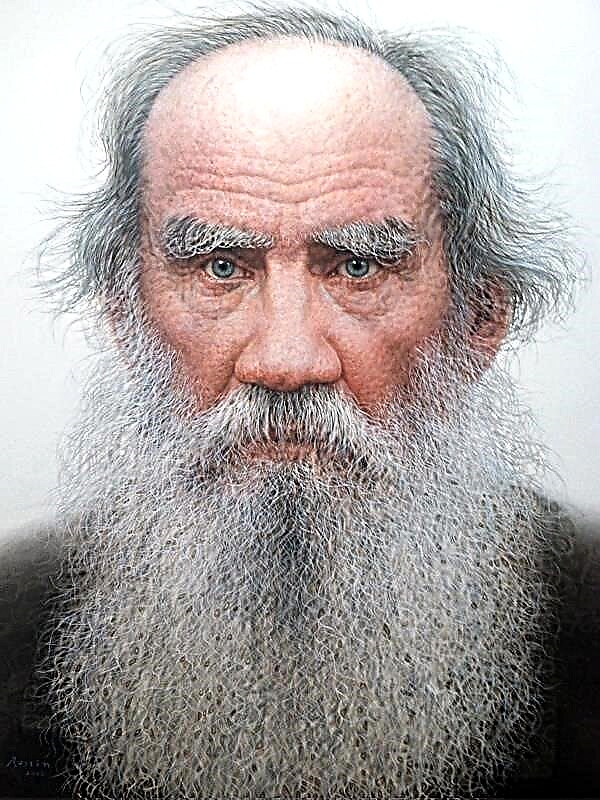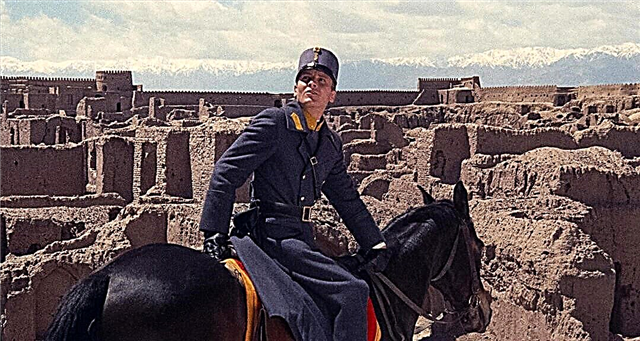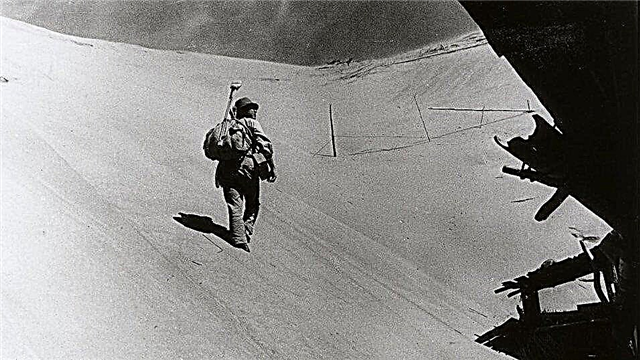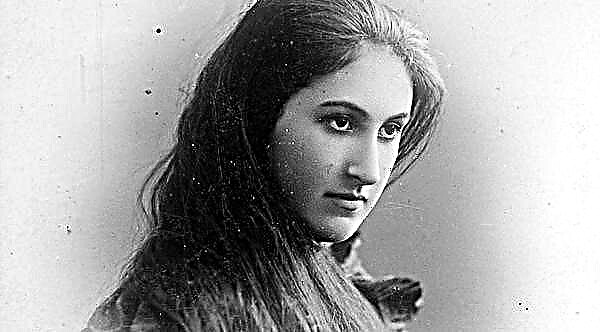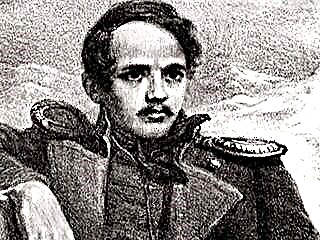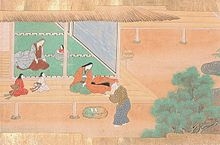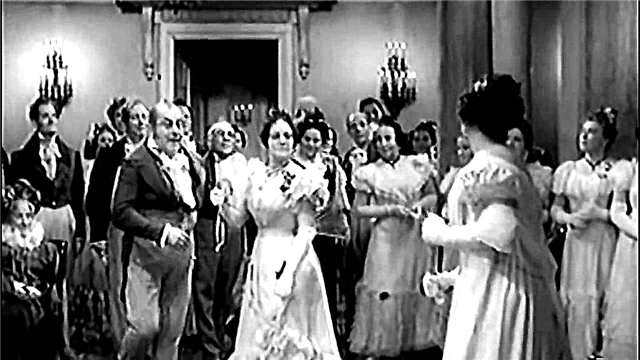The lady who served at the court of his lordship, Horikawa, tells the story of the writing of the screens of “Flour of Hell”. His lordship was a powerful and generous ruler, so all the inhabitants of the capital revered him as a living Buddha. There were even rumors that when once the bulls harnessed to the chariot of his lordship carried and took one old man, he only folded his hands and thanked the fate for that the bulls of his lordship passed on him. The most famous artist at that time was Yoshihide, a sullen old man under fifty, looking like a monkey. When one day his lordships were presented with a tame monkey, his prankster-son named her Yoshihide. Once, a monkey stole tangerines, and the young master wanted to punish her. Running away from him, the monkey ran to the fifteen-year-old daughter Yoshihide, who was a chamberlain in the palace of his lordship, clung to her hem and whined plaintively. The girl stood up for the monkey: after all, it was just an unreasonable animal, moreover, the monkey bore the name of her father. When rumors reached his lordship about the cause of the girl’s affection for the monkey, he approved her reverence and love for her father and began to favor her, which gave evil tongues a reason to claim that his lordship was carried away by the girl.
Terrible things were told about Yoshihide's paintings: for example, they said that the women portrayed by him soon became ill, as if they had taken their soul out of them, and were dying. It was rumored that witchcraft was involved in his paintings. He loved only his only daughter and his art. When, as a reward for a successful picture, his lordship Horikawa promised to fulfill Yoshihide's cherished desire, the artist asked him to let his daughter go home, but he sharply answered: “It is impossible”. The narrator believes that his lordship did not let the girl go because in her father's house she did not expect anything good, and not at all because of her voluptuousness.
And at that time, when Yoshihide because of his daughter was almost out of favor, his lordship called him and ordered to paint the screens, depicting the torments of hell on them. For five or six months, Yoshihide did not appear in the palace and was only concerned with his painting. In a dream he had nightmares, and he talked to himself. He called one of the disciples to him, chained him in a chain and began to sketch, not paying attention to the sufferings of the young man. Only when a snake crawled out of the overturned pot and almost stung the young man, Yoshihide finally had mercy and untied the chain, which he was entangled with. Yoshihide let the eagle owl look at another student and calmly imprinted it on paper, like a effeminate youth being tormented by a strange bird. Both the first and second students seemed as if the master wanted to kill them.
While the artist was working on the painting, his daughter became sadder. The inhabitants of the palace wondered what was the reason for her sadness: in sorrowful thoughts about her father or in loving anguish.Soon there was talk, as if his lordship was seeking her love. One night, when the narrator was walking through the gallery, a monkey Yoshihide suddenly ran up to her and began to pull at the hem of her skirt. The narrator went in the direction where the monkey was pulling her, and opened the door to the room from which voices were heard. A half-dressed daughter, Yoshihide, jumped out of the room, and in the depths came the noise of retreating steps. The girl was in tears, but did not give the name of the one who wanted to dishonor her.
Twenty days after this incident, Yoshihide came to the palace and asked for reception from his lordship. He complained that he could not finish the picture of the torment of hell. He wanted to depict in the middle of the screen how a carriage falls from above, and in it, having swept out black hair enveloped in flames, an elegant court lady wriggles in torment. But the artist cannot draw what he never saw, so Yoshihide asked his lordship to burn a carriage before his eyes.
A few days later, his lordship called the artist to his country villa. Around midnight, he showed him a carriage with a bound woman inside. Before setting fire to the carriage, his lordship ordered the curtains to be lifted so that Yoshihide saw who was in the carriage. There was a daughter of the artist. Yoshihide almost lost his mind. When the carriage caught fire, he wanted to rush to her, but suddenly stopped. He did not stop looking at the burning carriage. On his face was written inhuman suffering. His lordship, laughing sinisterly, also did not take his eyes off the carriage. Everyone who saw the torment of a poor girl had their hair stood on end, as if they had actually seen the torments of hell. Suddenly, something black fell off the roof and fell right into the blazing carriage. It was a monkey.She pressed against the girl with a plaintive cry, but soon both the monkey and the girl disappeared into clubs of black smoke. Yoshihide seemed petrified. But if until then he suffered, now his face was shining with selfless delight. Everyone looked with admiration at the artist as a new Buddha. It was a magnificent sight. Only his lordship was sitting upstairs in the gallery, with a distorted face and, like a beast, whose throat was dry, panting, gasped for air ...
There were various rumors about this story. Some believed that his lordship burned the daughter of the artist in order to avenge the rejected love. Others, including the narrator, believed that his lordship wanted to teach a vicious artist who was ready to burn a carriage and kill a man for the sake of his painting. The narrator heard this from the lips of his lordship with her ears.
Yoshihide did not abandon his intention to paint a picture, on the contrary, only established himself in it. A month later, the screen with a picture of the torment of hell was completed. Presenting the screens of his lordship, Yoshihide hanged himself the very next night. His body still lies in the ground at the place of their house, but the tombstone is so overgrown with moss that no one knows whose grave it is.


